Laparoscopic surgery has changed the way the surgeries have been performed in the past. With shorter stay in the hospital along with lesser Complications and early recovery and mobility, the laparoscopy surgery is the most preferred way to approach a surgical patient.
Laparoscopic surgery is today a fixed part of the therapeutic spectrum of surgeons. The therapeutic success depends, besides the great operative skills, on the right instruments that are used.
We are equipped with state of art modular dedicated laparoscopic operation theatre with high end instruments and trained staffs.
An inguinal hernia occurs when tissue, such as part of the intestine, protrudes through a weak spot in the abdominal muscles. The resulting bulge can be painful, especially when you cough, bend over or lift a heavy object. Inguinal hernias present as a bulge in the groin. They are more common in men than women. Inguinal hernias usually occur when fatty tissue (omentum) or part of a bowel, bulge out through a part of the lower abdominal wall known as inguinal canal.
Femoral hernia is also groin hernia. It occurs just below the groin crease. It is more common in women than men. It presents as small swelling very low down next to the groin skin crease, sometimes just below the crease so the swelling seems to be at the top of the thigh. These hernias are more prone to complications and hence should be repaired once they are diagnosed. Almost half of all femoral hernias first come to light as emergencies.
An Umbilical (navel) hernia occur actually in the middle of the navel. The inside of the navel sticks out. Sometimes the swelling is just above the navel so you will see a swelling just above the umbilicus. A part of the intestine protrudes through the umbilical opening in the abdominal muscles. These hernias may occur in infants at or just after birth and may resolve by three or four years of age. If the area of weakness persists, umbilical hernia can present at any time in life.
Ventral hernia is a hernia that occurs in the anterior abdominal wall. There are three common types of ventral hernias. An Incisional Hernia is a hernia that occurs through a previously surgical incision. A Periumbilical hernia occurs around the umbilicus. An Epigastric hernia occurs between the lower part of rib cage and the umbilicus.
Unlike an abdominal (or groin) hernia, a hiatus hernia occurs in the chest area and affects the digestive system. This type of hernia occurs when part of the stomach pushes through the diaphragm. The diaphragm normally has a small opening for the oesophagus. This opening can become the place where part of the stomach pushes through.
This is usually a birth defect causing an opening in the diaphragm, which allows abdominal content to push through into the chest cavity.
There are several different approaches to hernia repair. Whatever method is used to repair a hernia, the basic principles are:
1. To push back the protruding bulge and return the intestine to where it belongs inside the peritoneal cavity
2. To close the defect through which the hernia came out in the first place
3. To strengthen the defective area.
The signs and symptoms of a hernia can range from noticing a painless lump to the severely painful, tender, swollen protrusion of tissue that you are unable to push back into the abdomen (an incarcerated strangulated hernia).
- REDUCIBLE HERNIA: Appears on straining and standing and often disappear temporarily when you lie down or can be manipulated back into the abdomen.
- IRREDUCIBLE HERNIA: The contents may become stuck and the hernia is permanently protruding (an irreducible hernia).
- BOWEL OBSTRUCTION: The bowel can be blocked causing abdominal pain and vomiting.
- STRANGULATION: The Blood supply may be nipped off suddenly at narrow neck of the sac. Strangulation and bowel obstruction require emergency surgery.
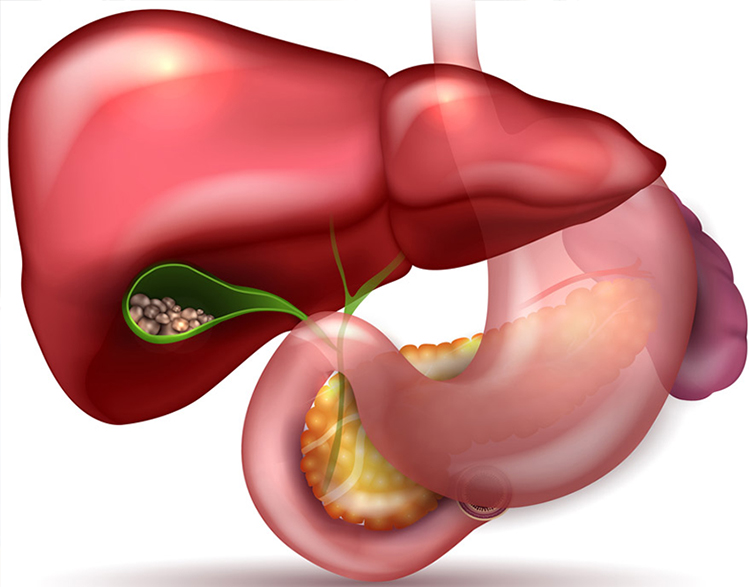
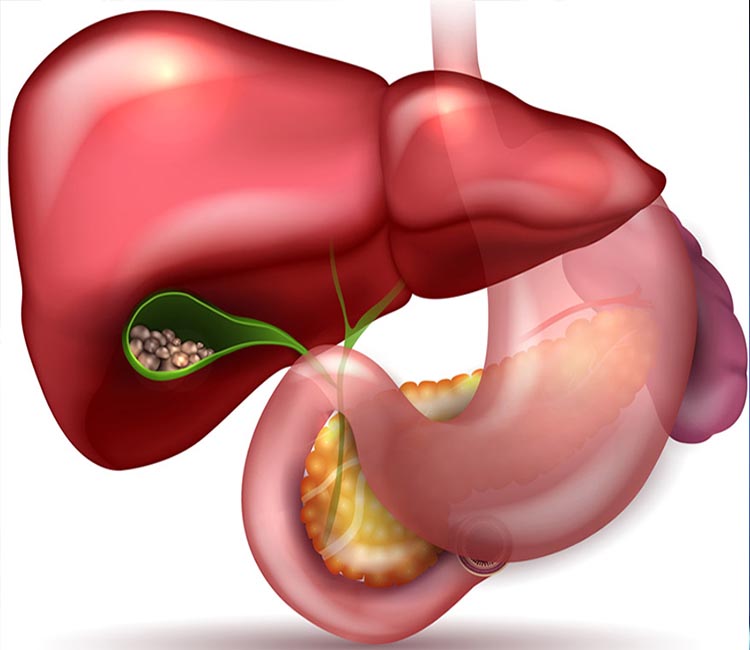
We offer advanced minimally invasive surgery for gallbladder stones, providing effective treatment to alleviate pain and prevent complications, ensuring a quick recovery and long-term relief.
Read more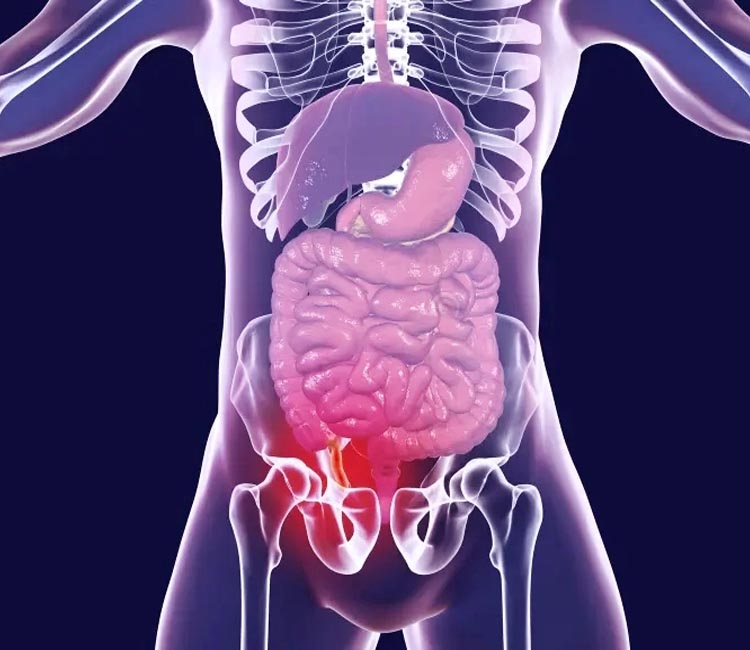
Our expert surgeons provide prompt and effective appendectomy solutions, offering advanced care to treat appendicitis, minimize risks, and ensure a fast return to normal activities.
Read more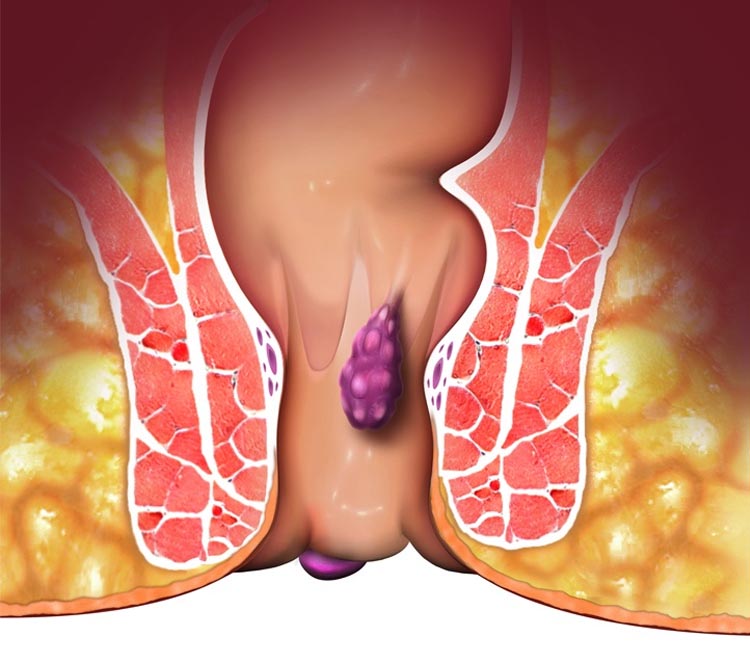
We specialize in advanced hemorrhoid treatments, using the latest surgical techniques for effective relief from discomfort, pain, and bleeding, ensuring a faster recovery with minimal downtime.
Read more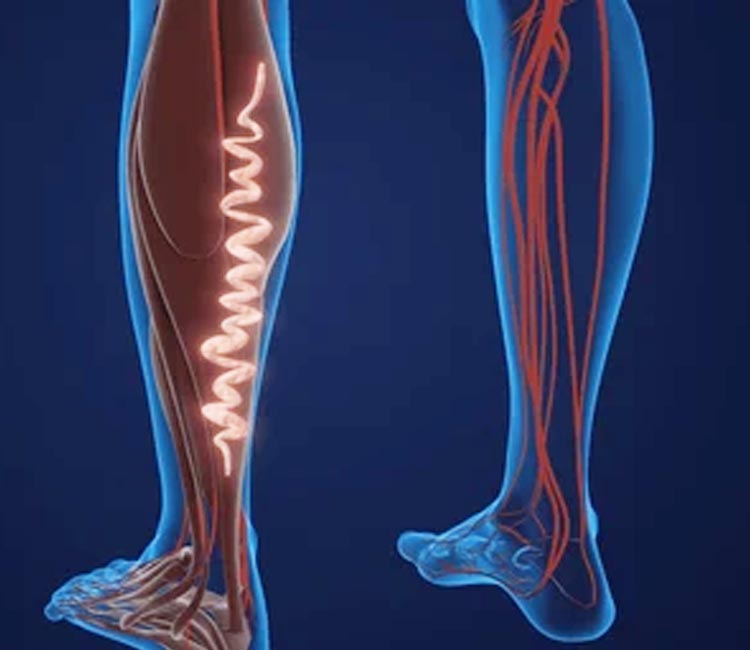
We offer cutting-edge treatments for varicose veins, using advanced surgical techniques to alleviate pain, enhance circulation, and restore the natural look and function of your legs.
Read more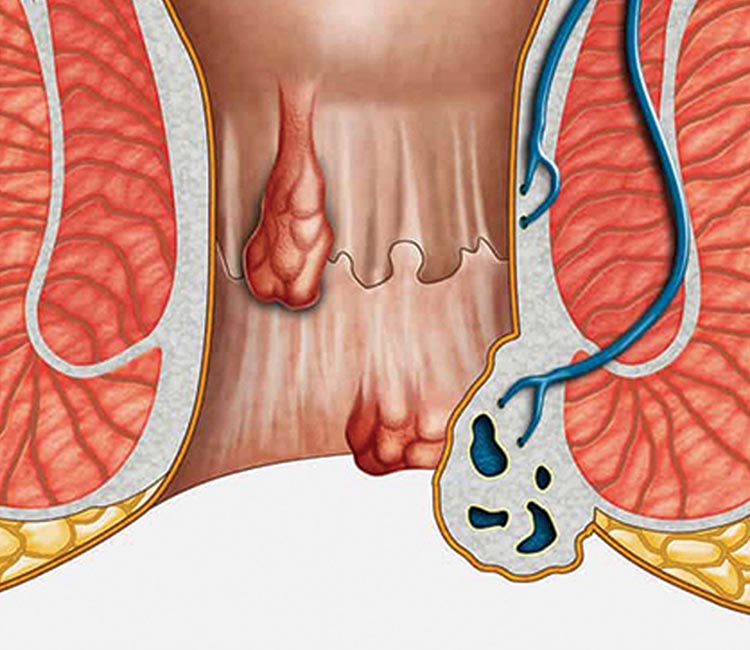
Our surgical care for pilonidal sinus focuses on minimally invasive procedures, ensuring precise treatment, rapid recovery, and a reduced risk of recurrence for optimal patient outcomes.
Read moreCopyright © 2024 Laparosurgeon All Rights Reserved. Powered by Spellinfo Technologies